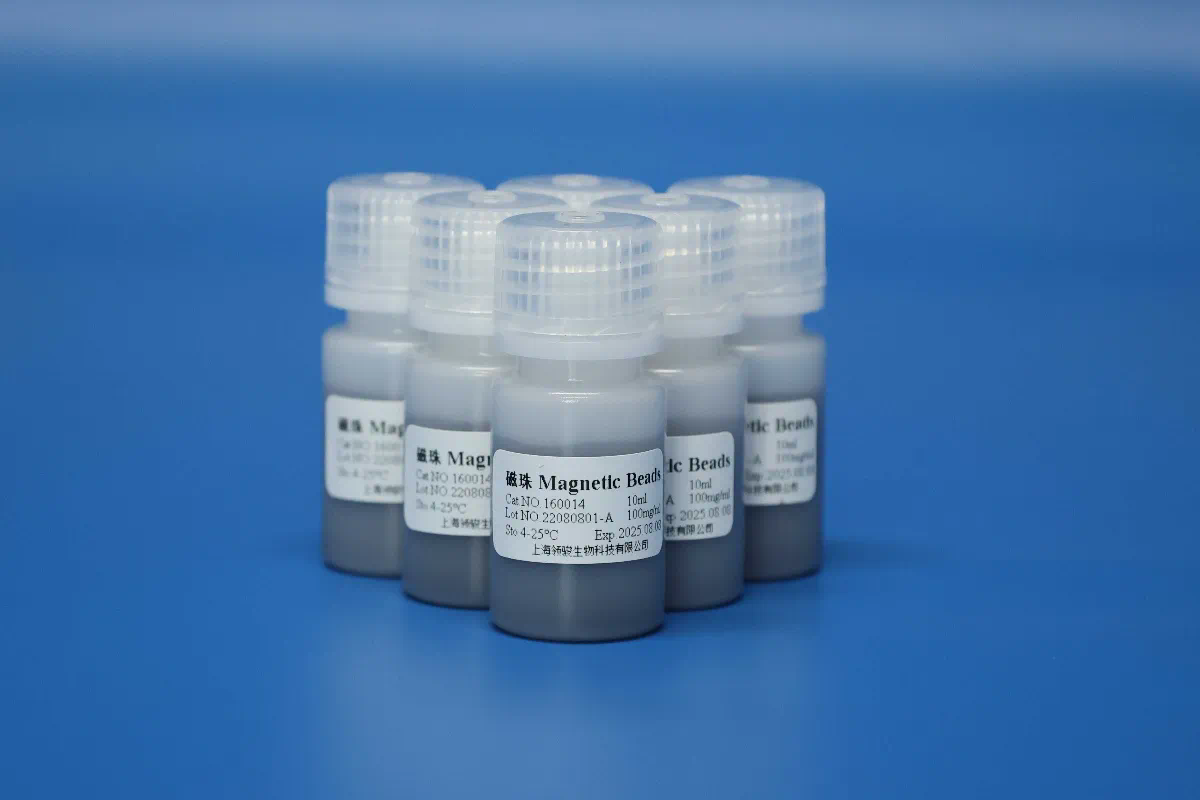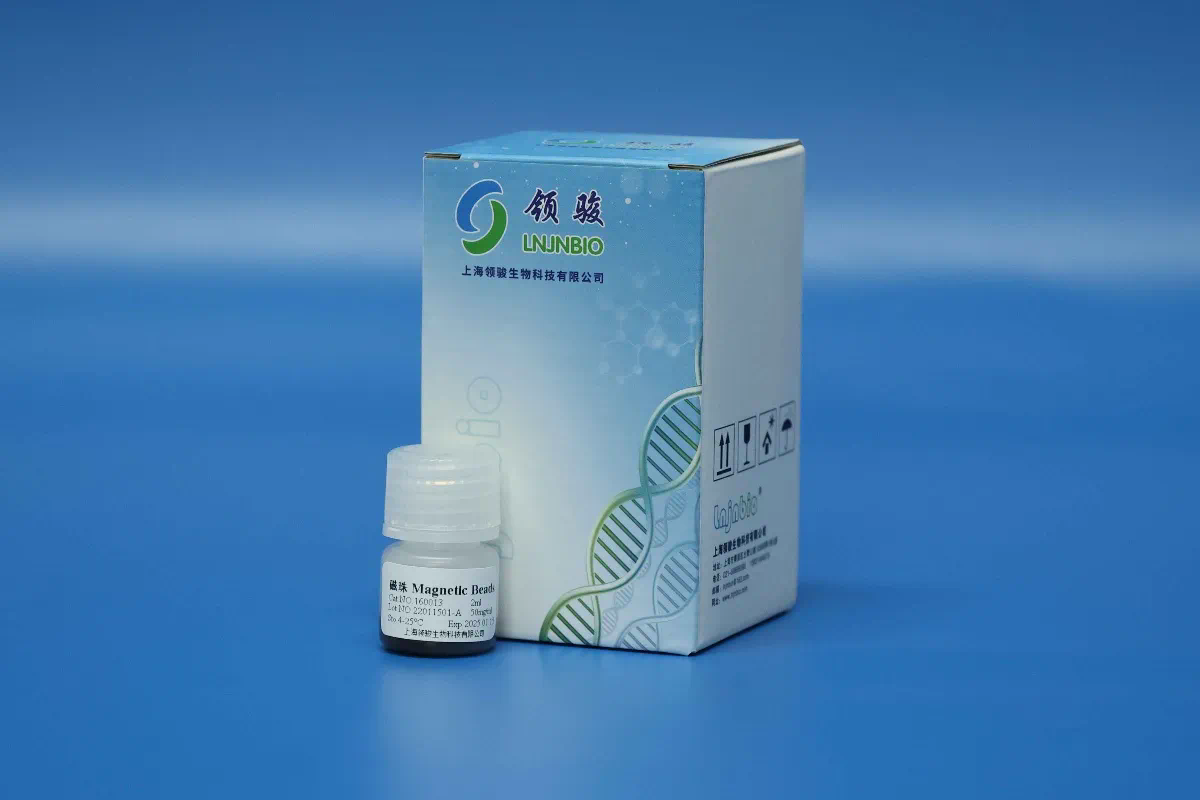Small Fragment DNA Extraction- Technological Innovations and Laboratory Best Practices
Small Fragment DNA Extraction: Technological Innovations and Laboratory Best Practices
In recent years, the field of molecular biology has seen significant advancements in the extraction of small fragment DNA. This process is crucial for various applications, including genetic research, forensic analysis, and clinical diagnostics. The extraction of small fragment DNA poses unique challenges due to the size and stability of the fragments involved. This article delves into the latest technological innovations and best dna extraction reagent practices in the laboratory for effective small fragment DNA extraction.
p The significance of small fragment DNA arises from its role in numerous biological processes, particularly in genetic studies where limited sample availability is common. Small fragments can result from natural cellular processes, such as apoptosis, or be intentionally generated through shearing techniques for sequencing purposes. As our understanding of genomics deepens, the need for reliable methods of extracting these small fragments has become paramount.
h2 Recent Technological Innovations
p Advances in technology have revolutionized the way small fragment DNA is extracted. Traditional methods often relied on physical disruption and chemical lysis, which could lead to the degradation of fragile DNA. However, modern approaches leverage both mechanical and enzymatic techniques to enhance yield and integrity.
h3 Automated Extraction Systems
p One of the most notable innovations in DNA extraction technology is the development of automated extraction systems. These systems minimize human error and variability by standardizing the extraction process. They utilize robotic arms and advanced software to handle samples, ensuring consistent results. Automation also allows laboratories to process a higher volume of samples in a shorter time frame, making it particularly beneficial for high-throughput environments.
h3 Magnetic Bead-Based Methods
p Magnetic bead-based extraction methods have gained popularity due to their efficiency and simplicity. In this technique, magnetic beads coated with specific binding agents selectively capture DNA fragments from the solution. This method not only enhances purity but also allows for the extraction of extremely small fragments, making it ideal for applications involving degraded samples. The use of magnetic beads reduces the need for centrifugation steps, further protecting fragile DNA.
h3 Enzymatic Fragmentation

p Enzymatic fragmentation is another innovative approach that has emerged for small fragment DNA extraction. By utilizing specific enzymes, researchers can generate desired fragment sizes while preserving the integrity of the DNA. This method is particularly useful in preparing samples for next-generation sequencing, where uniformity in fragment size is essential for optimal results.
h2 Laboratory Best Practices
p While technological innovations have improved small fragment DNA extraction, adhering to best laboratory practices remains critical. Proper protocol execution not only maximizes yield but also ensures the quality and reliability of the extracted DNA.
h3 Sample Collection and Handling
p The first step in successful DNA extraction is ensuring proper sample collection and handling. Samples should be collected in sterile containers to prevent contamination. It is also vital to store samples at appropriate temperatures to minimize degradation until they are processed. For instance, samples intended for short fragment analysis should ideally be frozen at -80°C to preserve their integrity.
h3 Optimization of Extraction Protocols
p Each sample type may require a tailored extraction protocol to optimize yield and purity. Factors such as tissue type, age of the sample, and preservation method can affect DNA recovery. It is advisable to conduct preliminary experiments to identify the most effective protocol for specific sample types. This may involve varying incubation times, temperatures, and reagent concentrations.
h3 Quality Control Measures
p Incorporating quality control measures throughout the extraction process is essential. Utilizing tools such as spectrophotometry and gel electrophoresis can help assess the purity and quantity of extracted DNA. Regular calibration of equipment and validation of protocols ensure reliable results. Keeping detailed records of each extraction process aids in troubleshooting and refining methodologies.
h2 Future Directions
p The future of small fragment DNA extraction holds exciting possibilities. As research continues to evolve, we can anticipate further innovations that will enhance efficiency and yield. The integration of artificial intelligence and machine learning into extraction protocols may lead to more precise and adaptable methods tailored to specific research needs.
h3 Next-Generation Sequencing Compatibility
p With the rise of next-generation sequencing (NGS), extraction methods will increasingly need to align with NGS requirements. This includes maintaining low input amounts while ensuring high-quality yields. Future technologies may focus on developing extraction kits specifically designed for NGS applications, serum/plasma viral nucleic acid extraction minimizing biases introduced during extraction.
h3 Integration with Other Omics Technologies

p As the fields of genomics, transcriptomics, and proteomics converge, there will be a growing need for extraction methods that can integrate data across these disciplines. Developing techniques that facilitate simultaneous extraction of DNA, RNA, and proteins from the same sample will provide a holistic view of biological processes, paving the way for breakthroughs in personalized medicine and biomarker discovery.
p In conclusion, the extraction of small fragment DNA is a complex yet critical component of modern molecular biology. Technological innovations, combined with best practices, have significantly improved the efficiency and reliability of extraction methods. As we move forward, embracing new technologies and refining protocols will be essential to meet the evolving demands of research and clinical applications. By prioritizing both innovation and quality, laboratories can ensure that they are well-equipped to tackle the challenges presented by small fragment DNA extraction.
https://supplychaininterview.com/